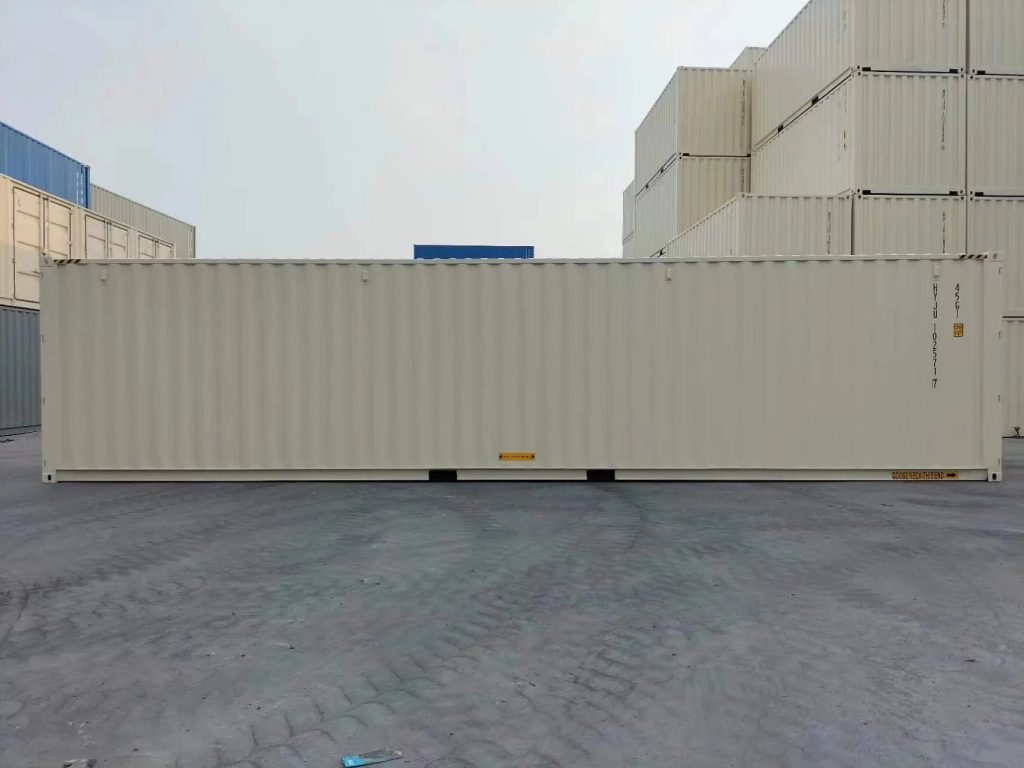5 Reasons To Be An Online Shipping Container Modification Shop And 5 Reasons To Not
The Versatility of Shipping Container Modifications: A Comprehensive Guide
Over the last few years, shipping containers have actually developed beyond their initial function of carrying goods throughout oceans. Today, these steel giants are being repurposed for a range of uses ranging from homes and workplaces to retail spaces and agricultural centers. The trend of customizing shipping containers has acquired significant traction, thanks to their fundamental toughness, cost-effectiveness, and flexibility. This short article dives into the different modifications that can transform a basic shipping container into a totally functional area customized to particular requirements.
Why Choose Shipping Container Modifications?
Before diving into the specifics of modifications, it is necessary to comprehend why shipping containers are an appealing choice:
Affordability: Compared to standard construction, shipping container modifications can conserve significant costs.
Durability: Made from steel, these containers can hold up against extreme weather conditions, making them perfect for long-term jobs.
Eco-Friendly: Repurposing shipping containers is a sustainable choice, reducing waste and conserving resources.
Portability: Shipping containers can be easily relocated, offering versatility for companies and projects that require mobility.
Table 1: Key Advantages of Shipping Container Modifications
Advantage
Description
Cost-Effectiveness
Lower construction costs compared to conventional buildings
Sturdiness
Resistant to aspects, bugs, and fire
Eco-Friendliness
Sustainable usage of resources
Adaptability
Functional for various applications (homes, offices, shops)
Mobility
Easily transportable to various areas
Popular Modifications for Shipping Containers
The modifications readily available for shipping containers are as varied as the requirements they fulfill. Below is a list of some of the most typical modifications:
Cut-Out Windows and Doors: Adding doors and windows permits natural light to flood the area and provides essential gain access to points.
Insulation and Climate Control: Proper insulation and HVAC systems turn an otherwise metal box into a comfy living or workplace.
Electrical and Plumbing Installations: Adding wiring and plumbing makes it possible for the container to function like a standard structure, total with energies.
Interior Finishing: Walls, flooring, and ceilings can be customized to achieve the wanted visual of any area.
Roofing Modifications: A sloped roof or extra skylights can improve drainage and offer a more appealing exterior.
Stacking and Joining: Containers can be stacked or bonded together to create larger areas, ideal for homes or big retail areas.
Table 2: Common Modifications and Their Benefits
Modification
Benefits
Cut-Out Windows and Doors
Boosts natural light and accessibility
Insulation and Climate Control
Enhances comfort and energy performance
Electrical/Plumbing Installations
Practical utilities for day-to-day use
Interior Finishing
Individualized visual appeals and convenience
Roofing system Modifications
Improved drainage and visual appeal
Stacking and Joining
Broadens usable space and design possibilities
Examples of Shipping Container Uses
The variety of applications for modified shipping containers continues to expand. Below are some notable uses:
Residential Homes: Container homes have ended up being a popular alternative for those looking for sustainable and affordable housing.
Pop-Up Retail: Businesses are making use of containers as momentary retail areas, suitable for pop-up shops or seasonal markets.
Workplaces: Companies are progressively embracing containers for mobile or short-term office solutions.
Workshops and Studios: Artists and artisans typically convert containers into workshops or studios, providing a separated and focused area for imagination.
Dining establishments and Cafes: Food business owners are profiting from the distinct design of container modifications for trendy dining experiences.
Table 3: Unique Applications of Modified Containers
Application
Description
Residential Homes
Eco-friendly housing solutions
Pop-Up Retail
Short-lived look for seasonal or event-based sales
Mobile Offices
Quick-to-setup workplace
Workshops and Studios
Creative areas away from interruptions
Restaurants and Cafes
Distinct dining experiences in an elegant setting
FAQ About Shipping Container Modifications
Q1: Are shipping container modifications sustainable?
Yes, utilizing shipping containers for modification is considered a sustainable practice. It repurposes existing products, therefore minimizing construction waste and conserving natural resources.
Q2: What permits are needed for container modifications?
The authorizations needed vary by place and planned use. Typically, a structure permit is necessary, and it is a good idea to consult local zoning laws to figure out specific requirements.
Q3: How long do shipping containers last?
When appropriately maintained, shipping containers can last for over 25 years. Regular upkeep such as checking for rust and sealing leakages is essential.
Q4: Can I fund a shipping container modification project?
Lots of banks offer loans particularly for purchasing and customizing shipping containers. It's a good idea to examine with your bank for their specific offerings.
Q5: How do I select the right modifications for my job?
Comprehending your requirements and the intended usage of the container is vital. Consulting with Cargo Containers experienced in container modifications can help determine the perfect modifications.
Shipping container modifications provide an innovative service for different requirements— whether for domestic, business, or recreational purposes. Their adaptability, cost-effectiveness, and sustainability make them a significantly attractive alternative in today's construction landscape. With the capability to tailor and adjust these containers to satisfy particular requirements, it's clear that the capacity for shipping container modifications is huge and ever-evolving. As this pattern grows, so too will the imaginative possibilities for how we use these robust structures.
